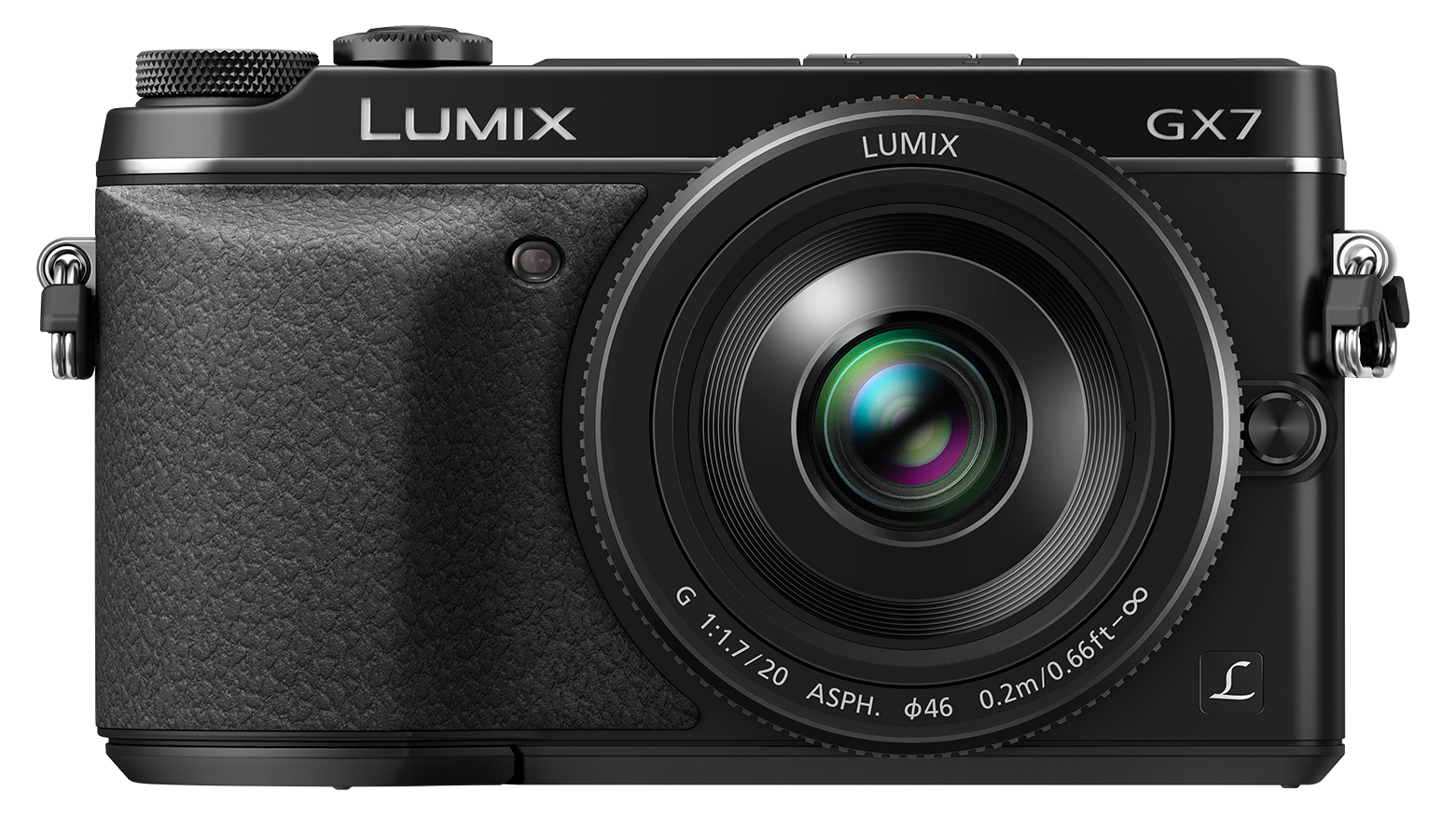Why you can trust TechRadar
Panasonic's GX7 is nice and solid, with a secure, hefty grip for a camera of its type. It has a pretty comprehensive feature set in a relatively small body, although it is a little chunkier than the Panasonic GX1 that it replaces.
The camera has advanced exposure modes such as shutter priority, aperture priority and manual, along with a collection of automatic options for less experienced photographers.
However, because of the number of buttons and dials it has, the Panasonic GX7 looks quite serious, and this combined with its relatively high price means that it is unlikely to appeal to novice photographers, even though it would serve them quite well.
Experienced photographers will find that they have just about everything they could want, including the ability to create multiple exposure images and take time lapse sequences. There's also Wi-Fi connectivity built in to enable you to transfer images wirelessly and control the camera remotely.
Anyone who remains skeptical about the future of electronic viewfinders should take a look at the Panasonic GX7's finder. In many situations the only real clue that it is an electronic device is the amount of information that is available in it and the fact that it responds to changes to the exposure and white balance, and so on.
It provides a very detailed view, with natural colour and contrast in many situations. It's only when you try to shoot fast moving subjects that it becomes limiting.
Although it has the ability to shoot Full HD video at a range of frame rates and formats, the Panasonic GX7 is primarily a stills camera. Anyone who is serious about video would be best served by a model such as the Panasonic GH3, which has external mic and headphone ports - although Panasonic GH3 users may well be looking enviously at the Panasonic GX7's focus peaking.
We liked
We generally like touchscreen control, provided that the screen is responsive, and the Panasonic GX7's is nice and fast. However, there are times when physical buttons and dials are easier or faster to use, so it's great that Panasonic has kept the full complement of controls for the Panasonic GX7.
The tilting screen is also useful when you want to shoot landscape format images from especially high or low angles, and it's good that this is supplemented with a viewfinder.
If you're shooting from very low down you're more likely to compose the image in the main LCD screen than tilt up the electronic viewfinder, but nevertheless that tilting system is useful. It makes the camera more comfortable to use shooting with it on a tripod for instance.
We disliked
Although the Panasonic GX7 is bigger than the Panasonic GX1, it doesn't make a huge difference. And the grip is much more substantial, making the camera more secure in the hand.
While a tilting screen is a bonus over a fixed unit the Panasonic GX7's is prone to catching on a tripod mount. It's also no help when shooting portrait format images at awkward angles.
Panasonic also needs to work on its Tracking AF system so that it can keep up with fast subjects as they travel around the frame. The viewfinder's refresh rate also needs to be improved to make it easier to follow moving subject.
Final verdict
The Panasonic GX7 is a very nicely constructed camera that should meet the needs of experienced photographers looking for a small camera that accepts interchangeable lenses and enables plenty of control. It's a good alternative to a DSLR.
It's designed to be more compact and more portable than Panasonic's mini-DSLR style G-series cameras, but it still provides an impressive range of features. Our only disappointment is that the screen is tilting rather than fully articulating to make it more useful when shooting upright images.
Panasonic has managed to produce a contrast detection AF system that is getting close to a good phase detection system in a DSLR. It is to be congratulated for pushing the boundaries of what can be done with a compact system camera, and for making them more versatile.
First reviewed August 27 2013
